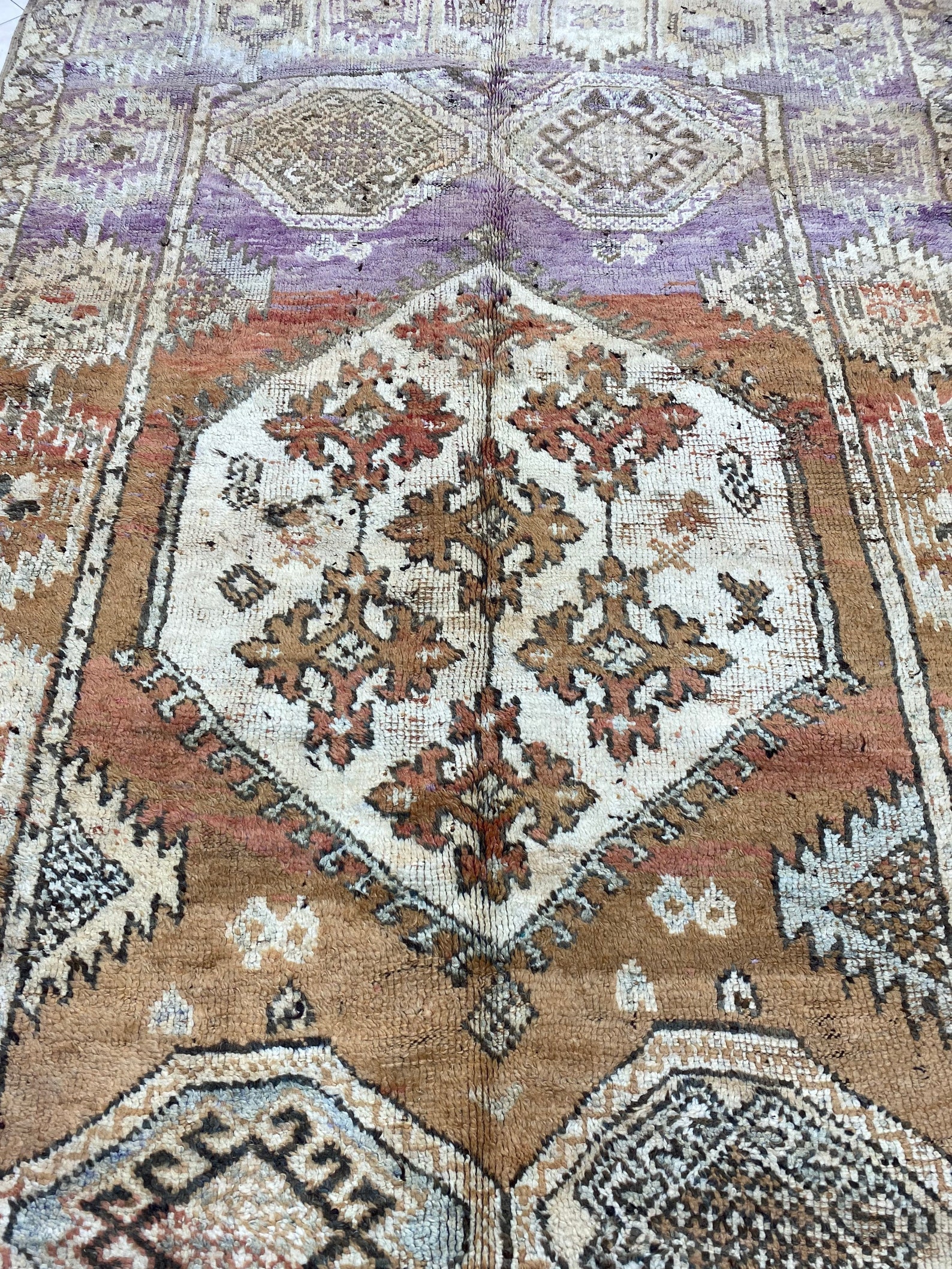Decorating your home is an opportunity to demonstrate your individuality while also making choices that align with your principles. In the last few years, there has been a increased consciousness of the significance of sustainability in home decor. One lovely way to merge aesthetics with sustainable living is through the use of Moroccan rugs. Celebrated for their rich colors and elaborate designs, these rugs not only serve as eye-catching centerpieces in your living space but also come from materials that can be sourced with the environment in mind.
When you choose Moroccan rugs, you are adopting a tradition that emphasizes quality and natural materials. Many of these rugs are handmade by skilled artisans using wool sourced from local sheep or cotton cultivated in sustainable conditions. This not only benefits local communities but also minimizes the carbon footprint linked to high-volume production. Let’s discover how boho rug can elevate your living spaces while making conscientious decisions that honor both culture and environmentalism.

Heritage Materials and Approaches
North African rugs are well-known for their luxurious textures and vibrant colors, primarily due to the organic materials used in their creation. Traditionally, these rugs are made from wool sourced from regional sheep, which not only provides insulation but also durability. The wool is often left in its natural state, allowing artisans to utilize its tenderness and strength without relying on synthetic additives. This commitment to using local wool ensures that the rugs are not only sustainable but also deeply connected to Moroccan heritage.
In addition to wool, artisans may incorporate organic dyes derived from plants, minerals, and insects. These dyes create the beautiful hues that characterize Moroccan rugs, ranging from earthy reds and blues to warm ochres and greens. By utilizing these eco-conscious materials, weavers maintain an eco-friendly approach while celebrating the varied flora and fauna of the region. This technique of dyeing reflects a time-honored practice that showcases the artisans' profound understanding of their environment.
The weaving techniques used in creating Moroccan rugs are as varied as the materials themselves. Manual knotting is a common method, where skilled artisans intricately tie knots to form complex patterns and designs. Each rug tells a story, representing the cultural heritage and traditions of the community it comes from. This craftsmanship not only highlights the distinctive craftsmanship of each piece but also emphasizes the importance of preserving these ancient techniques in the face of modern manufacturing.
Sustainable Options
When thinking about Moroccan rugs in your home, choosing sustainable materials is crucial to making a sustainable choice. Many artisans use organic fibers such as wool, cotton, and jute, which are not only biodegradable but also renewable. Wool, for instance, comes from sheep that can be sheared annually, which enables continuous production without harming the animals. By opting for rugs made from these materials, you are promoting a circular economy and reducing your environmental footprint.
In addition to natural fibers, some Moroccan rugs are made from recycled materials. Techniques are evolving, and artisans are now incorporating discarded fabrics and upcycled textiles into their creations. This approach not only minimizes waste but also gives each rug a distinct character, as the mix of colors and textures creates one-of-a-kind designs. By choosing recycled rugs, you contribute to a more sustainable approach to fashion and home decor.
Finally, consider the production processes involved in creating Moroccan rugs. Look for rugs that are handmade by local artisans, as these practices often employ traditional methods that are less harmful to the environment compared to industrial manufacturing. Supporting local craftspeople promotes fair labor practices and preserves cultural heritage, making your choice of rug not only a stylish addition to your home, but a responsible one.
This is the Impact of Green Decisions
Selecting eco-friendly materials for North African carpets significantly reduces ecological harm. Traditional textile crafting methods often involve biodegradable fibers such as sheep wool, cotton, and jute, which are decomposable and require less resources to manufacture in contrast to synthetic alternatives. By choosing for rugs made from these materials, buyers can assist to a lessening in contamination and waste associated with factory-made textiles, aiding a healthier planet.
Furthermore, backing weavers who produce Moroccan textiles using eco-friendly techniques helps preserve community traditions and community jobs. Many artisans employ age-old techniques passed down through generations, ensuring that the craft remains alive and economically viable. This devotion to quality not only supports local economies but also cultivates a deeper bond between buyers and the narratives behind each distinct rug.
Finally, green decisions elevate the overall aesthetic and standard of home decor. Moroccan textiles, made from eco-friendly materials, often present deep textures and vibrant, organic colors that bring warmth and character to homes. By committing in these sustainable products, residents not only improve their home design but also promote a more eco-friendly lifestyle that values quality and environmental responsibility.
